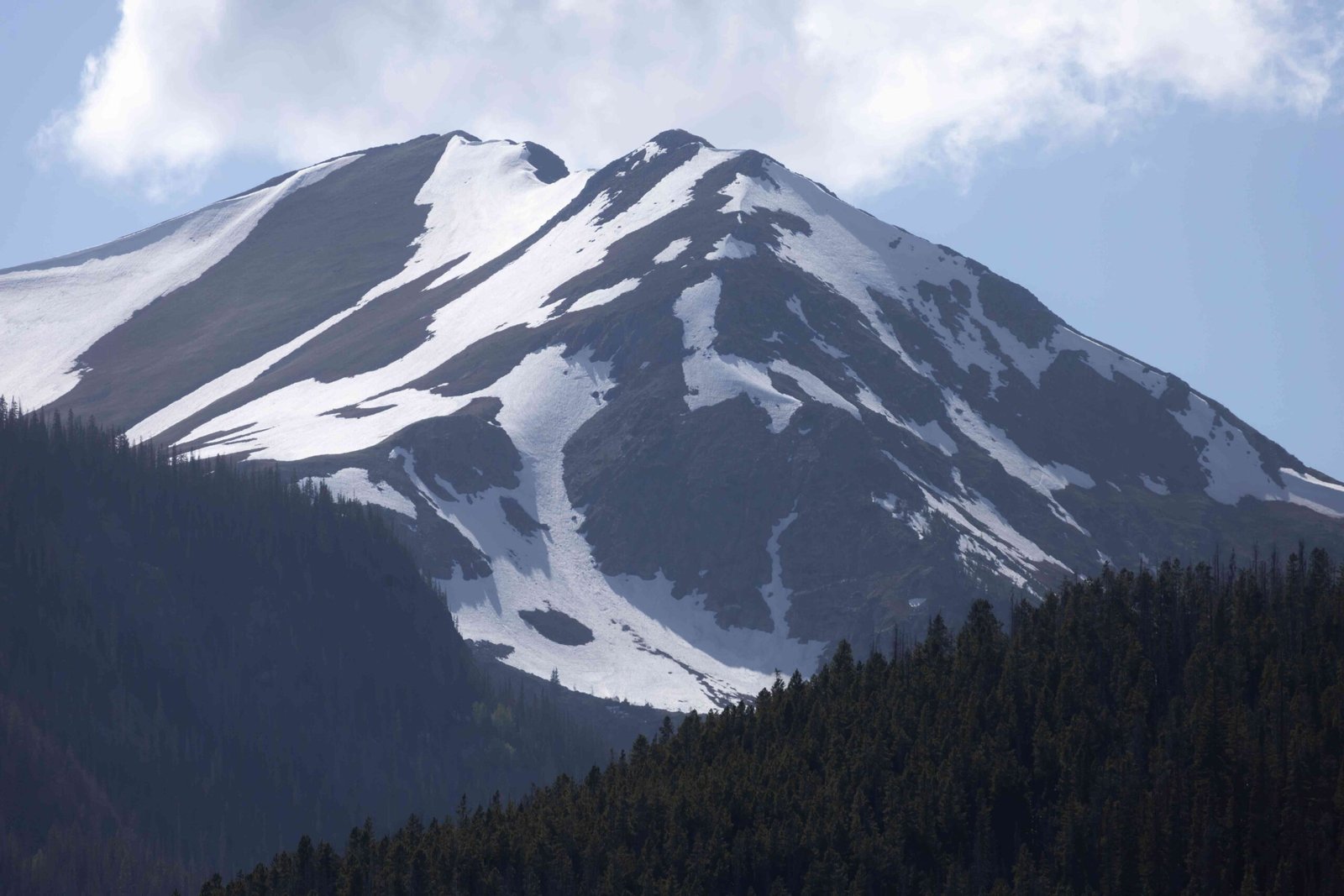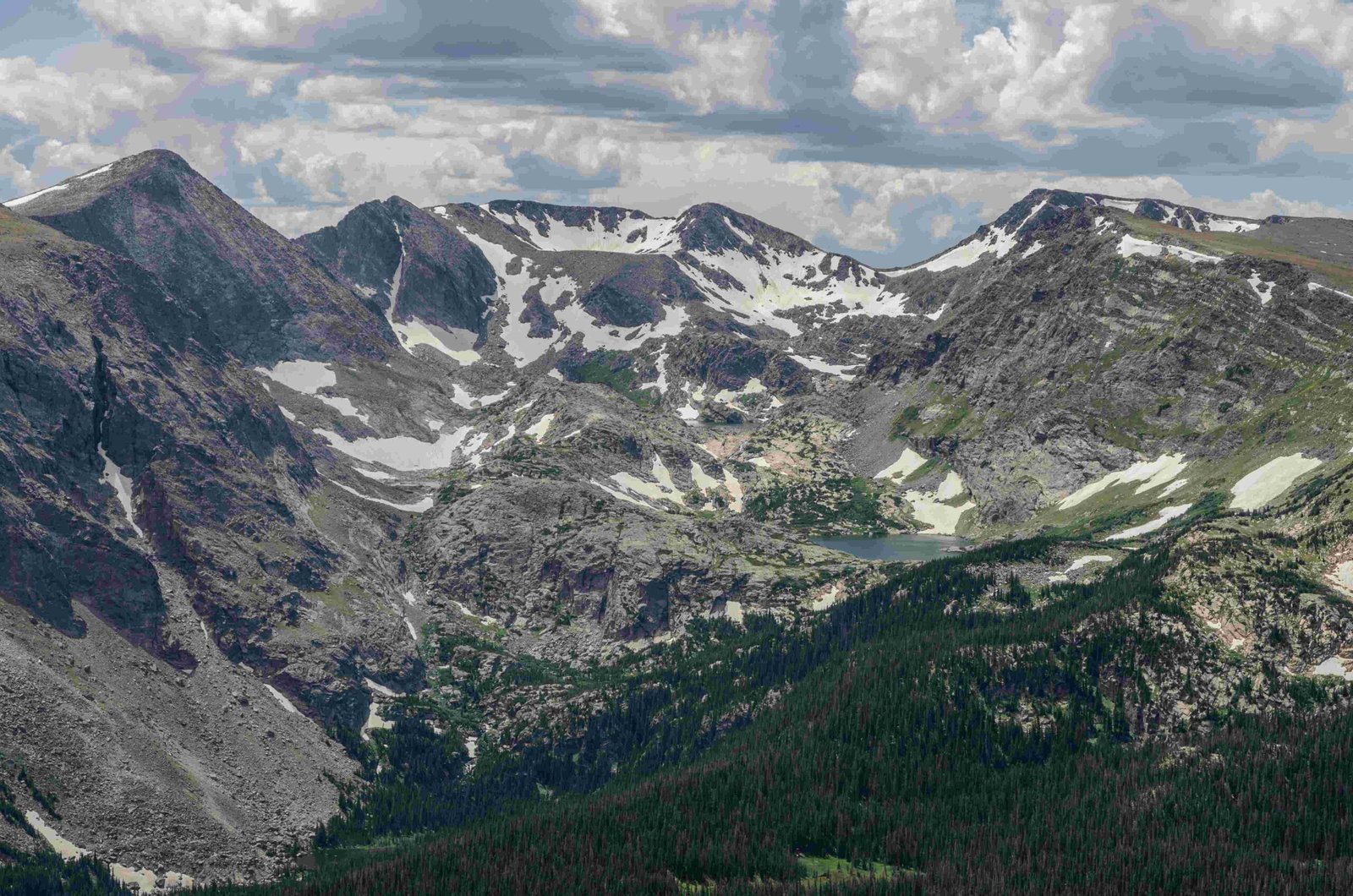Lower Granite Falls campsite in Rocky Mountain National Park offers a serene backcountry experience for adventurous hikers. Located along the North Inlet – Tonahutu Creek Loop, this campsite provides access to stunning waterfalls, diverse wildlife, and challenging trails. With limited amenities and a requirement for backcountry permits, it’s an ideal destination for those seeking a true wilderness experience in one of America’s most beautiful national parks.
What Amenities Are Available at Lower Granite Falls Campsite?

Lower Granite Falls campsite offers basic amenities for backcountry camping:
- Camp Furniture: Each site includes:
- A table
- A tent pad
-
A fire grate
-
Water Sources: No water sources are available at the campsite. Campers must:
- Bring their own water
-
Plan for water purification if using natural sources
-
Restroom Facilities: Limited information is available, but typically backcountry sites in Rocky Mountain National Park may have:
- Basic privies
-
No flush toilets or running water
-
Fire Regulations:
- Fire grates are provided
- Campfires may be prohibited in some areas
- Portable stoves are recommended
How Can I Access Hiking Trails from Lower Granite Falls Campsite?

The campsite serves as a gateway to several notable trails:
- North Inlet – Tonahutu Creek Loop
- Length: Approximately 27 miles
- Difficulty: Moderate to strenuous
-
Features:
- Dense forests along North Inlet Creek
- Alpine tundra above tree line
- Panoramic views of surrounding peaks
-
Trail to Granite Falls
- Distance from campsite: 0.1 miles
- Difficulty: Mild to moderate
-
Highlights:
- Series of slide cascades
- Broad granite slabs
-
Continental Divide National Scenic Trail
- Accessible via Green Mountain and Tonahutu Creek Trails
- Offers:
- Extensive views
- Diverse landscapes including meadows and forests
What Is the Reservation Process for Lower Granite Falls Campsite?
Securing a spot at Lower Granite Falls campsite requires planning:
- Backcountry Permit
- Mandatory for overnight stays
- Reservations open: March 1st annually
-
Recommendation: Book early, especially for summer months
-
Fees
- Backcountry permit fees apply (exact amount not specified)
-
Separate from park entrance fees
-
Cancellation Policy
- Canceled sites become available in the reservation system
-
Specific policies not detailed in sources
-
Peak Booking Times
- Summer months are highly competitive
- Early reservations strongly advised
What Wildlife Can I Expect to See Near Lower Granite Falls Campsite?
The area around Lower Granite Falls is rich in wildlife:
| Species | Best Viewing Times | Notes |
|---|---|---|
| Elk | Dawn and dusk | More active in cooler months |
| Deer | Throughout the day | Often seen in meadows |
| Moose | Early morning | Near water sources |
| Bear | Varies | Practice proper food storage |
| Abert’s squirrel | Daytime | Found in pine forests |
| Brook trout | – | In Tonahutu Creek |
Wildlife Viewing Best Practices:
- Maintain a safe distance from all animals
- Be aware of your surroundings, especially during peak activity times
- Follow park regulations for wildlife viewing
- Keep pets leashed and clean up after them
- Be cautious during high winds or post-wildfire periods
How Can I Prepare for Weather Conditions at Lower Granite Falls Campsite?
Weather at Lower Granite Falls campsite can be unpredictable:
- Temperature Ranges
- Summer: 70-80°F (21-27°C) during the day, 40-50°F (4-10°C) at night
-
Winter: Below freezing, with potential for severe storms
-
Precipitation
- Afternoon thunderstorms common in summer
-
Snow possible year-round at higher elevations
-
Packing Essentials
- Layered clothing
- Waterproof gear
- Warm sleeping bag (even in summer)
-
Sun protection (hat, sunscreen, sunglasses)
-
Weather Updates
- Check park website or visitor centers for current conditions
- Be prepared for rapid weather changes
What Are the Leave No Trace Principles for Camping at Lower Granite Falls?
Practicing Leave No Trace is crucial for preserving the natural beauty of Lower Granite Falls:
- Plan Ahead and Prepare
- Know regulations and special concerns for the area
-
Prepare for extreme weather, hazards, and emergencies
-
Travel and Camp on Durable Surfaces
- Use established campsites
-
Walk single file in the middle of the trail
-
Dispose of Waste Properly
- Pack it in, pack it out
-
Use provided privies or practice proper backcountry waste disposal
-
Leave What You Find
- Preserve the past: observe, but do not touch cultural or historic structures and artifacts
-
Leave rocks, plants, and other natural objects as you find them
-
Minimize Campfire Impacts
- Use a lightweight stove for cooking
-
Where fires are permitted, use established fire rings
-
Respect Wildlife
- Observe wildlife from a distance
-
Do not feed animals
-
Be Considerate of Other Visitors
- Respect other visitors and protect the quality of their experience
- Be courteous and yield to other users on the trail
By following these principles, you help ensure that Lower Granite Falls campsite remains a pristine wilderness for future generations to enjoy.

